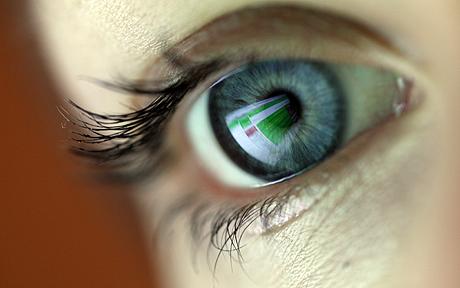Thousands of unconscious eye movements stop us from going blind
Humans make thousands of unconscious flickering eye movements to stop them from going blind, a study has shown.
http://www.telegraph.co.uk/health/healthnews/4602894/Thousands-of-uncons...
 The imperceptible jumps and jiggles known as "microsaccades" mean that a really steady stare is impossible.
The imperceptible jumps and jiggles known as "microsaccades" mean that a really steady stare is impossible.
Even when trying to fix a gaze on a stationary target, the eyes are always moving.
Experts have long dismissed these movements as the accidental result of spurious nerve signals. But new research shows they are actively controlled by the same brain region used to scan newspaper columns or track a moving object.
Scientists now think these "microsaccades" provide a vital function by "refreshing" images on the retina which would otherwise fade away.
Dr Richard Krauzlis, from the Salk Institute in La Jolla, California, focused on the "command centre" in the brain responsible for eye-tracking.
He found that the brain region played an integral part in the mechanism that controlled the movements.
The evidence suggested that the flickering movements were necessary for normal vision, said the researchers, whose findings are reported in the journal Science.
Co-author Dr Ziad Hafed, also from the Salk Institute, said: "Because images on the retina fade from view if they are perfectly stabilised, the active generation of fixational eye movements by the central nervous system allows these movements to constantly shift the scene ever so slightly, thus refreshing the images on our retina and preventing us from going 'blind'."
This new research seems to be in complete alignment with what Dr. William Bates said almost 100 years ago, and with what Bates-style natural vision teachers continue to successfully teach today.
Filed Under (tags):
- dave's blog
- Log in or register to post comments

